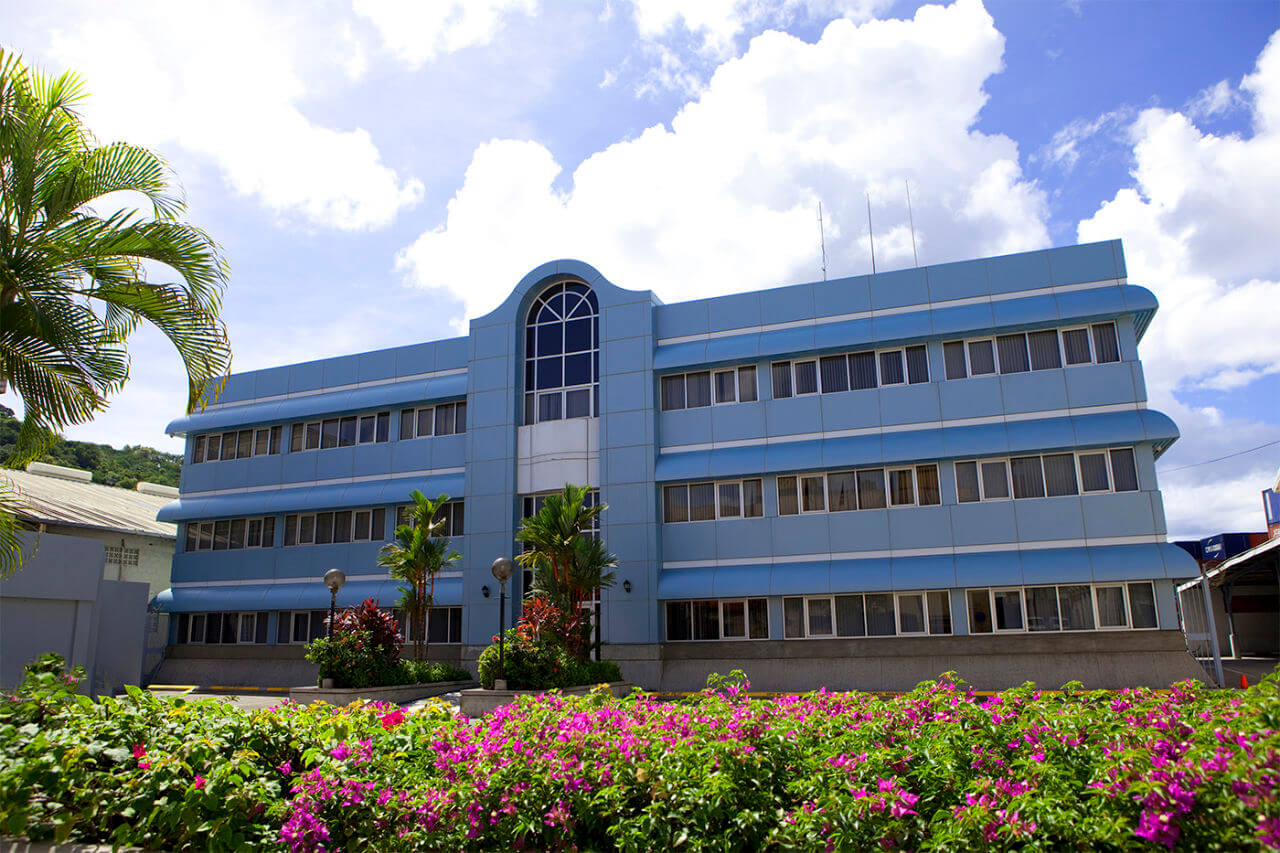
News Categories
View all- Media Room Updates
- Press Releases
- Port News
- Portfolio
- Re-Port
- Press Release Archive 2012
- Press Release Archive 2011
- Press Release Archive 2010
- Press Release Archive 2013
- Portfolio Archive 2013
- Port News Archive 2007
- Port News Archive 2008
- Port News Archive 2009
- Portfolio Archive 2010
- Portfolio Archive 2011
- Portfolio Archive 2012
Upcoming Events
View All- No upcoming events.
Seaport and Airports are Critical to the Nation's Financial Health

The Saint Lucia Air and Sea Ports Authority (SLASPA) through its management of St. Lucia’s entry and exit points, connects the island to countries around the world. Whether it is the all important tourism or agricultural industries, manufacturing and more recently banking; SLASPA affects almost every person who lives in St. Lucia - handling over 500,000 tons of cargo, facilitating the travel of over one million passengers and generating hundreds of jobs each year.
The critical role that seaports and airports play in developing a nation’s economy is often misunderstood as many think of Port Authorities as mere regulatory bodies. While this is an important role, airports and seaports are also vital gateways for developing local business and consequently they are pivotal to the local economy and critical to the nation’s financial health.
Without the existence of airport and seaport facilities, sustained economic growth cannot be achieved. To cite examples, the Tourism industry which is the main foreign exchange earner is heavily dependent on good airport and seaport infrastructure, so is the Customs and Excise Department, one of the lead agencies for collection of state revenue. In addition, several local businesses depend directly on the airports and seaports, these would include shipping companies, brokers, airlines, trucking companies and ground handing companies to name a few. Beyond the airport and seaport perimeter, other companies that rely on the ports would include supermarkets, clothing stores, construction companies, manufacturers and other companies involved in importation or exportation of goods or facilitation of
travelers.
SLASPA has embraced the role of contributor to the nation’s financial health fully through the development of well-defined operational objectives and future business development initiatives. Over the past five years, SLASPA has invested over 100 million dollars in infrastructural improvements to include: building of modern cruise berths; resurfacing of the George F.L Charles Airport runway; building a new ferry terminal and redesigning one of its’ cargo sheds. As a key trade facilitator, a substantial amount of SLASPA’s annual operating budget is allocated to the up-keep of these facilities which includes maintenance costs, meeting security requirements, safety standards and customer needs. In terms of direct and induced employment, SLASPA is also among the largest employers in St. Lucia with a total staff complement of 430. However, when combined with airport and seaport tenants and other business partners, this number is easily quadrupled.
Regionally seaports and airports have generated a combined $180,000,000.00 in economic activity for 2008, exported over 8.5 million tons of cargo while facilitating the movement of 150 million passengers. The benefits of seaports and airports can be seen internationally as well. According to the American Association of Port Authorities, the Western Hemisphere, seaports generated about $8.6 trillion in activity in 2008 and they imported and exported nearly 7.6 billion tons of cargo. While at the Airports, a 2005 Air Transportation Action Group (ATAG) study estimated the total impact of the air transport sector on global Gross Domestic Product at nearly US$ 3 trillion.
The economy in which ports operate is constantly evolving, and as such, demand will continue to grow. SLASPA has therefore positioned itself to meet those demands through communication, world class customer service, employee development, technological advancement, reevaluation of budgets and budgetary allocations, examining and adjusting its strategic plan where necessary.
Against this back drop, SLASPA is currently working on several developmental plans which would provide significant improvement to the nation’s ports thus ensuring that both facilities continue to perform as strong driving forces for sustainable economic vitality thus contributing to the nation’s financial health.


